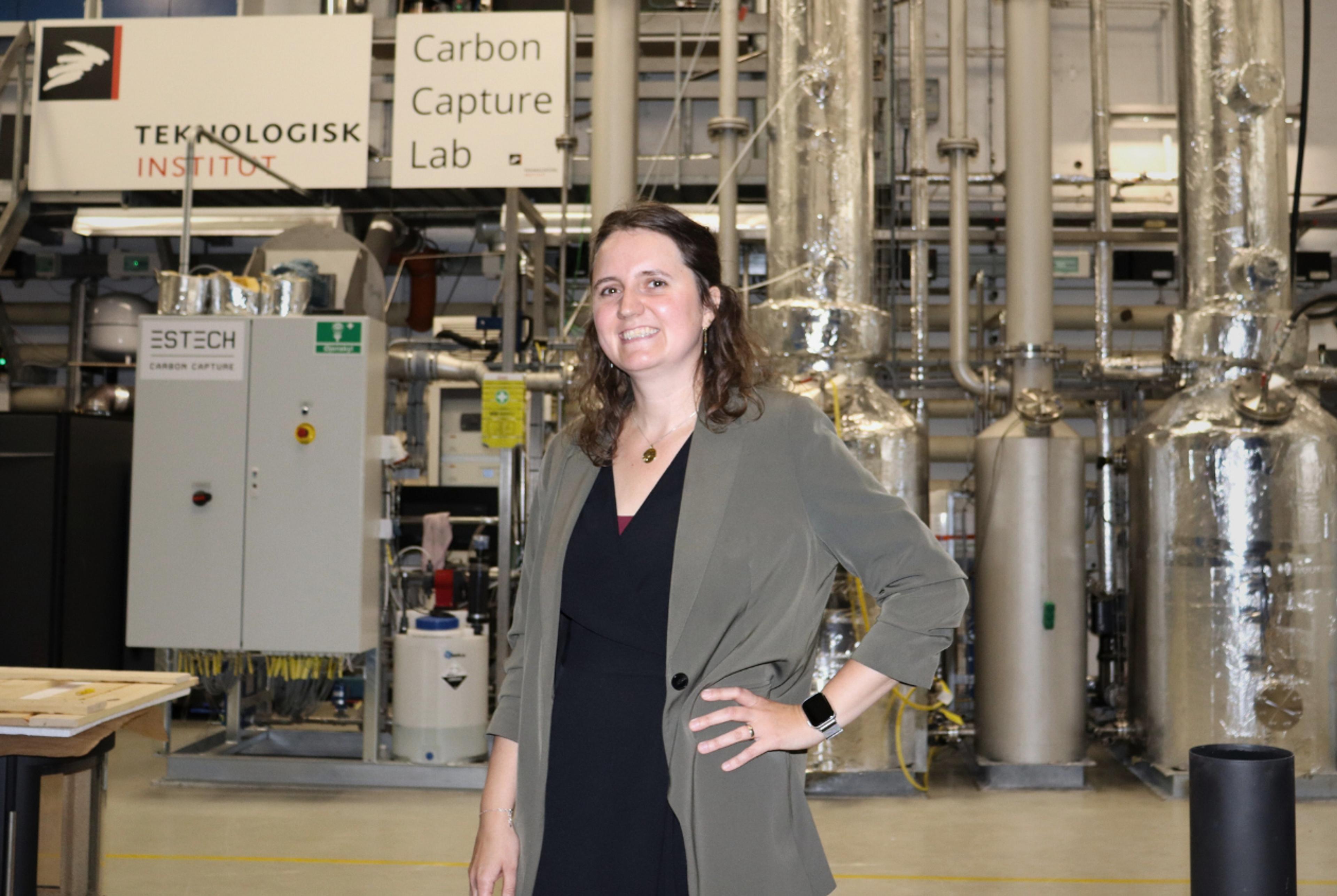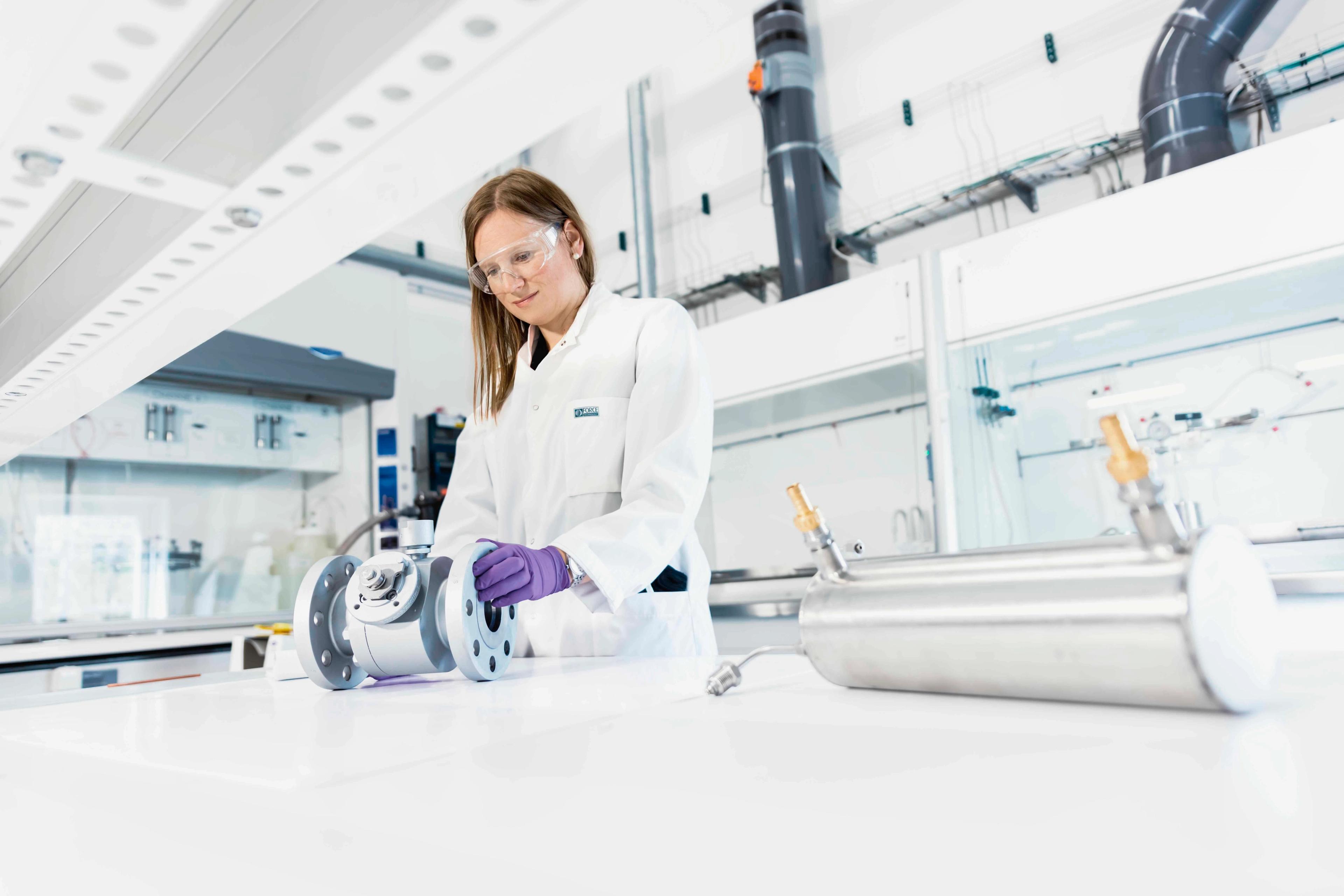CO₂ Capture Facility Testing Widely: “We’re Seeing Huge Interest, Both Nationally and Internationally”

For the past 18 months, the Danish Technological Institute’s Carbon Capture Lab in Aarhus has been testing and developing solutions for efficient CO₂ capture, utilization, and storage.
It’s now a year and a half since the Institute opened the doors to its groundbreaking Carbon Capture Lab in Aarhus — a flexible test facility designed to develop and optimize technologies for capturing, storing, and using CO₂.
The facility, the first of its kind in Northern Europe, has already made a big difference for both small and large companies searching for solutions to support the green transition.
A modular and flexible test facility
The Carbon Capture Lab is built around flexible modules, making it possible to test different technologies and approaches for CO₂ capture across a wide range of CO₂ sources.
According to Simone Kevy, consultant at the Danish Technological Institute’s Bioenergy and CCUS department, this unique setup has made it possible to support everything from small combined heat and power plants to large industrial companies and public authorities.
“We see strong interest from both national and international players who want to test their technologies in our facility. We’re experimenting with a wide variety of methods and have gained valuable experience in developing solutions that can eventually be scaled up,” says Simone Kevy.
“We’ve opened a black box”
For many companies using the Carbon Capture Lab, it has been eye-opening to test technologies in a real but controlled environment. Although CO₂ capture technologies are evolving rapidly, they are still in a stage of maturation and testing.
“We’ve opened a kind of ‘black box’ for many of our clients, who can now come here, see the facility, test their solutions, and get concrete, manageable results before moving on with implementation,” Kevy explains.
Initially, the lab focused on building knowledge around CO₂ capture and how technologies could be developed. Today, 18 months later, the focus is also on taking the next steps and helping companies move forward:
“Now we’re seeing greater interest in what happens after the CO₂ is captured – what can we actually use it for? How do we transport and store it, or even utilize it to create new products like methanol?” says Kevy.
International outlook and the future of CCUS
With growing attention from both Danish and international stakeholders, the Carbon Capture Lab has also helped attract new overseas projects. The facility is now involved in several international collaborations and proposals, and has secured the Danish Technological Institute’s membership in the international CCUS network ECCSEL.
“We’re seeing strong global interest in the technologies we’re developing here in Denmark. It’s exciting to be part of a project where we’re really ahead of the curve and can help both large and small players move forward,” says Simone Kevy.
The facility is part of the Power2NextTest project, facilitated by Energy Cluster Denmark and supported by EU React funds through the Danish Business Promotion Board.
Read more about the Carbon Capture Lab on the Danish Technological Institute’s website.
Latest news
Skibsbyggerivej 5, 3. sal.
9000 Aalborg
Navitas
Inge Lehmanns Gade 10
8000 Aarhus C
House of Offshore Innovation
Kanalen 1
6700 Esbjerg
Port House
Vendersgade 74
7000 Fredericia
BLOXHub
Bloxhub, Bryghusgade 8, 3. sal,
1474 København K
Energy Cluster Denmark
Nørre Havnegade 43
6400 Sønderborg
©Energy Cluster Denmark 2025







